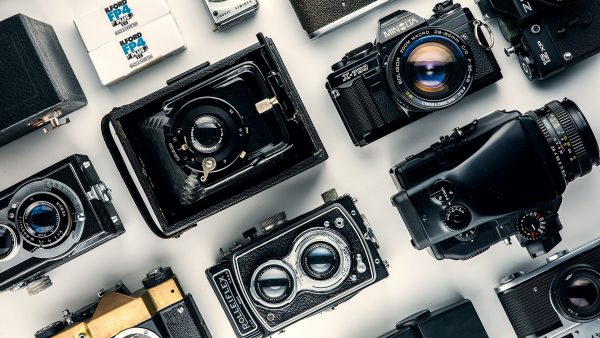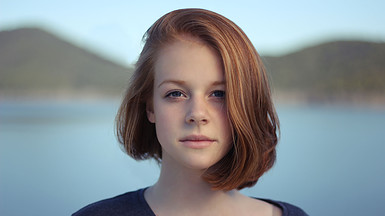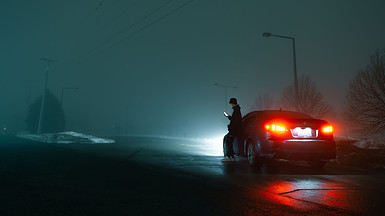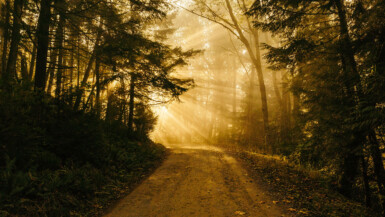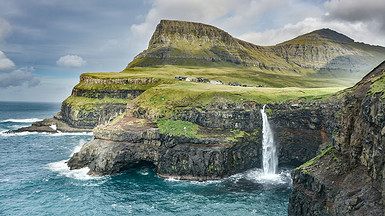When talking about photography, we also need to talk about the history of camera. As one of the most important technological inventions, it has changed the faces of photography. Taking a variety of shapes serving many purposes are some of its functions. From the early ones to the most state-of-the-art, the camera has many evolutions.
Camera – From Time to Time:
The history of camera involves a lot of changes and transformations. From the simplest to the most sophisticated, here are the fun facts of it from time to time:
1. The Camera Obscura
At the beginning of the 11th century, there was already development on the camera’s idea. Ibnu al-Haytham, an Iraqi inventor, noted about a camera obscura. This camera used a lens inside a dark box to focus on light. When the lens was pointed at an image, then the image would appear on a paper surface in the box.
This optical property would later become the basis for any other type of camera. The earliest cameras were more like optical toys. The simple reflection of an image had been a new thing back then. Still, the photography development would need to wait for other advancements related to optics and chemistry.
2. The Early Evolution of Camera
Roger Bacon, an English scholar from the 13th century, adapted the camera obscura to produce the first pinhole camera. This camera admitted light through a very small hole instead of a small lens. This optical principle was later brought to Europe, which resulted in the birth of photography.
All through the 17th – 18th centuries, the work on developing cameras from the camera obscura to more practical versions had been done by European scientists. The pinhole cameras were later made with wood and metal. More elaborate mechanisms were later employed. These helped to focus the light when entering a camera.
To conduct these experiments, they used photosensitive materials to produce photographic images that would soon fade into nothing but the capturing of what the image was. It was possible.
3. The Birth of Photography
As mentioned earlier, the history of camera has always been related to photography. In 1827, Joseph Niepce, a French inventor, was the first permanent photographer. He used a silver-coated plate that he made himself in a wooden box camera created by Charles Chevalier. The still photograph was of a street scene shot from a window. Back then, it took too long an exposure to capture a moving object.
Jacques Daguerre, another French scientist, developed another process that used copper plates to capture an image. This method would later become the more preferred one in photography. Other methods used different chemical elements, though. Some could be tinted or record a partial spectrum of color.
Either way, the cameras were still the same size.
4. The 20th Century Cameras
Since the late 19th century, the evolution of the camera has been more massive and quickly than before. George Eastman, the Eastman Kodak, introduced film rolls used in small, inexpensive cameras. Back then, these cameras were most affordable to all people. They were also easy to operate.
Photography had started becoming a hobby for a middle-class life. Film rolls were not made for just still pictures and movie cameras. Cameras with single lenses, twin-lens reflexes, and range finders also needed these rolls. By mid 20th century, electronic components were added to most cameras. They gave more useful features, from light metering, automatic exposure control, and automatic focusing on some models.
In the 1980s, the first point-and-shoot cameras with fully automatic modes were produced and introduced.
5. The Digital Cameras
In the 1970s, prototype digital cameras were first introduced. They used an electronic sensor instead of film to record an image. The image was later transferred as a digital file. Optically, they had a resemblance to their film-based predecessors. The difference was the internal electronic system for sensing color, light and producing a data set. The data could be used to reproduce the image for display or printing.
In the 1990s, digital cameras started becoming more accessible to the mass market. The sales of film cameras had surpassed in the early 2000s, alongside the beginning of the internet era. You no longer have to carry old-fashioned, heavy cameras along with the tripods unless photography is part of your job. Everyone can even take pictures from their cellphones, anytime and anywhere.
These days, digital cameras have come in different shapes and sizes. Many people can take photos straight from their cellphones before connecting their phones to their laptops. Thanks to the latest, state-of-the-art cameras, they can also create short films straight from their bedrooms. The tiniest ones can also come in the shape of lipstick or a pen.

